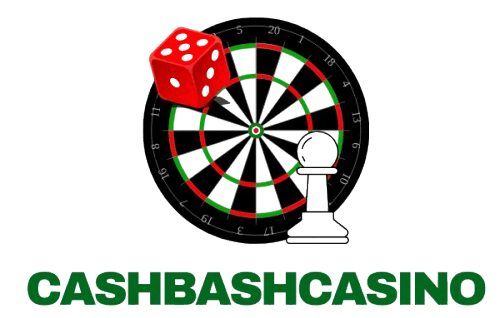The PlayStation Portable may no longer be in 사이다토토 production, but its influence echoes through today’s gaming culture. When it launched, the PSP stood as a bold statement: handheld gaming could be just as immersive, complex, and visually impressive as its console counterparts. More than just a convenient device, the PSP was a showcase of ambition and creativity, filled with some of the best games that defined a generation of portable play.
Unlike its competitors, the PSP emphasized a cinematic experience on the go. PSP games like Syphon Filter: Logan’s Shadow and Killzone: Liberation offered fast-paced, tactical combat with impressive AI and level design. These weren’t just portable time-killers—they were engrossing titles that players could spend hours with, diving into expansive narratives and gameplay that rivaled home console experiences. The ability to save progress, watch full-motion video, and enjoy rich audio made PSP gaming feel premium.
In terms of content variety, the PSP library remains one of the most diverse in handheld history. There were rhythm games like Hatsune Miku: Project DIVA, sports titles like MLB: The Show, strategy games like Final Fantasy Tactics: The War of the Lions, and countless RPGs that took full advantage of the hardware. Whether you were looking for short bursts of gameplay or epic stories, PSP games delivered. Even more impressive was the fact that many of these titles ran without noticeable compromises compared to full console releases.
One of the often overlooked strengths of the PSP was its role in fostering local multiplayer culture. Before online gaming became ubiquitous, PSP games allowed players to connect wirelessly in the same room for co-op or versus gameplay. Monster Hunter Freedom Unite is a prime example—a game that built an entire subculture around cooperation, gear grinding, and strategy. This kind of social gaming experience helped cultivate community and loyalty among fans, long before smartphones dominated the space.
Even now, players return to PSP games through emulation and digital storefronts, seeking that unique blend of polish, portability, and playability. They’re more than just a nostalgic trip—they’re a testament to how powerful and inventive handheld gaming can be when treated with the same respect as console development. In a world of cloud gaming and ultra-realistic visuals, the legacy of the PSP reminds us that great games are timeless, regardless of the screen size.
